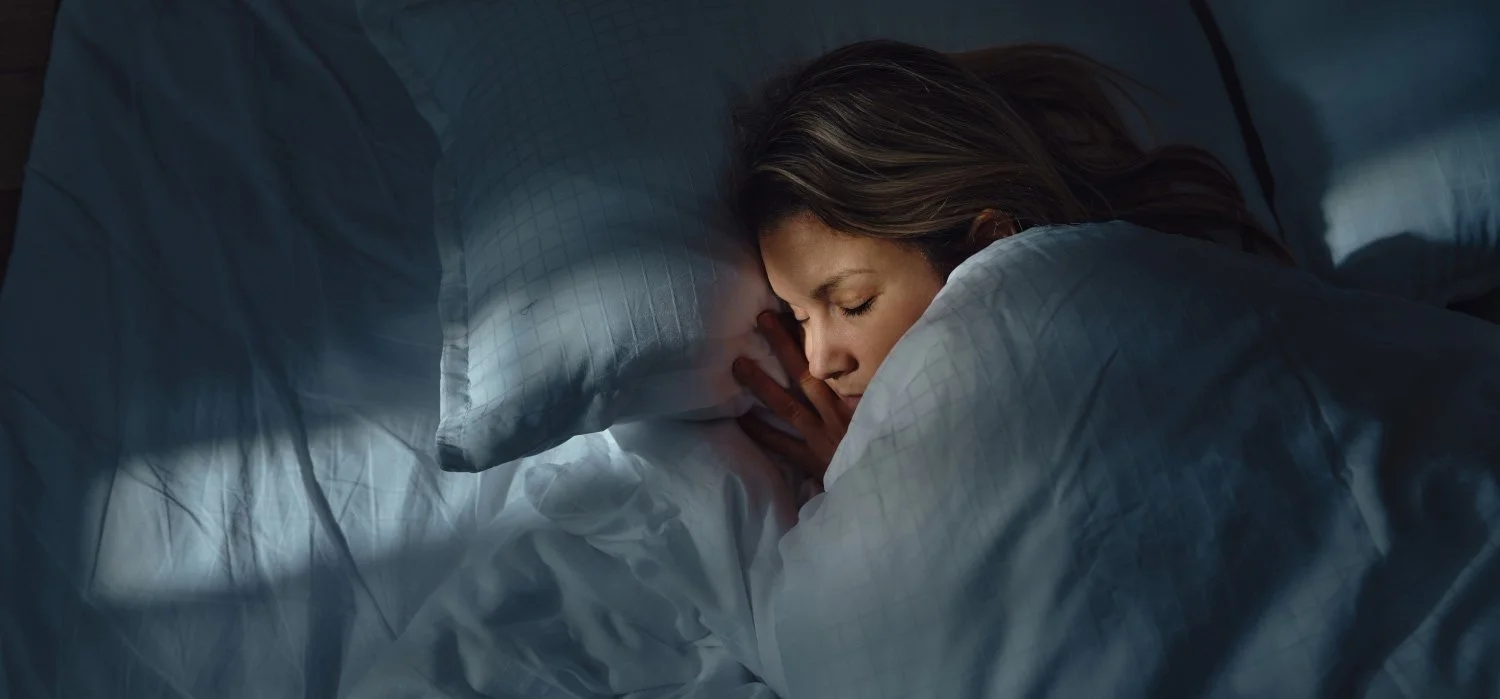How to Fall Asleep Faster: 3 Different Methods
We’ve all been there: tossing and turning, staring at the ceiling, willing ourselves to fall asleep. Here are 3 different methods you can try to help you fall asleep faster:
The Military Method
Developed to help soldiers fall asleep quickly in challenging environments, the military method is a systematic approach to relaxation. Here’s how it works:
Relax your face muscles, including your jaw, tongue, and around your eyes.
Drop your shoulders and let your arms hang loosely at your sides.
Exhale deeply, releasing tension in your chest.
Relax your legs, starting from the thighs down to your toes.
Picture a calming scene, like lying in a canoe on a still lake under a starry sky. If your mind wanders, repeat the phrase “be still” to refocus.
This method takes practice but can help you fall asleep within minutes.
4-7-8 Breathing
The 4-7-8 breathing technique is a rhythmic breathing exercise designed to calm the nervous system. Here’s how to do it:
Place the tip of your tongue against the ridge behind your upper front teeth.
Inhale through your nose for a count of 4.
Hold your breath for a count of 7.
Exhale through your mouth for a count of 8, making a whooshing sound.
Repeat the cycle three more times.
This method is particularly effective for reducing stress and preparing your body for sleep. It will also lower your heart rate, allowing you to relax and drift off into slumber!
Visualization
Imagining a peaceful scene can redirect your mind away from racing thoughts and create a sense of calm. To practice imagery:
Close your eyes and take a few deep breaths.
Picture a serene setting, such as a quiet beach, a forest glade, or a cozy cabin by the fire.
Engage your senses by imagining the sounds, smells, and textures of your chosen scene.
The more vivid and detailed your visualization, the more effective this technique can be in promoting relaxation and sleep.
Proactive Tips for Better Sleep
While these techniques can help in the moment, building healthy sleep habits is essential for long-term success. Here are a few proactive tips to enhance your overall sleep quality:
Maintain a consistent sleep schedule, even on weekends.
Avoid caffeine at least 6-8 hours before bedtime.
Create a relaxing bedtime routine, such as reading or taking a warm bath.
Optimize your sleep environment by keeping your bedroom cool, dark, and quiet.
By combining these proactive measures with relaxation techniques, you can create the perfect conditions for a restful night’s sleep.


